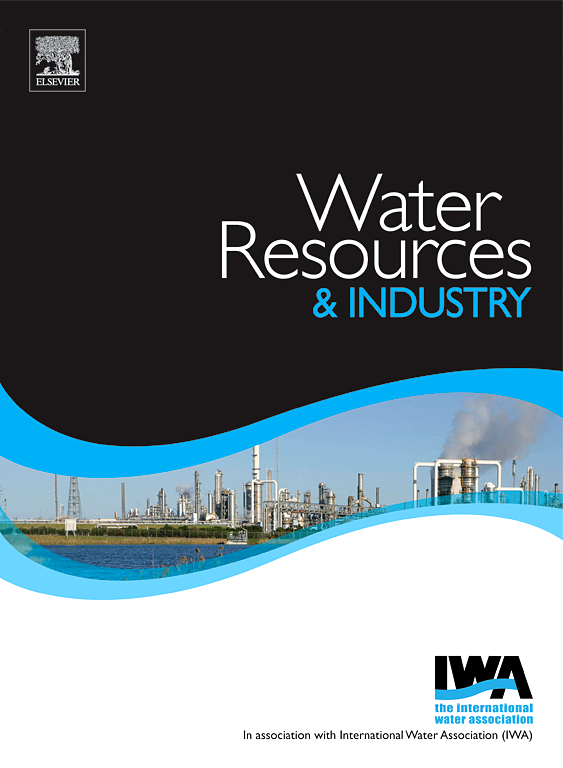Small hydropower impacts on water quality: A comparative analysis of different assessment methods
IF 4.5
3区 工程技术
Q1 WATER RESOURCES
引用次数: 0
Abstract
This study aims to evaluate the spatial and temporal variations of physico-chemical parameters at selected small run-of-river hydropower plants along a 126 km section of the Bóbr River in southwestern Poland. The main contribution of this study lies in comparing different water quality classification methods from different regions worldwide. Our results show that the spatio-temporal changes in physico-chemical parameters in the studied section of the Bóbr River are, to a larger extent, due to anthropogenic pressures (i.e., urbanization and agriculture) unrelated to the operation of hydropower plants. Analysis of variance (ANOVA) confirmed the statistical significance (p < 0.05) of the results for 8 (i.e., EC, temperature, pH, DO, NO2-N, TDS, NH4-N, and COD) out of 16 physicochemical parameters. Hierarchical cluster analysis also showed a greater influence of factors other than hydropower plants on water quality. The average compliance with the standards based on the selected water quality classifications was 76.9%. The Polish classification proved to be the most appropriate classification for assessing the status of physico-chemical elements of the Bóbr River. The findings from this study can be used for various applications, e.g., formulating strategies for sustainable water management in hydropower plant catchment areas, planning new hydropower plants, and developing operating regulations for existing plants.
小水电对水质的影响:不同评价方法的比较分析
本研究旨在评估波兰西南部Bóbr河126公里河段上选定的小型河流水电站的物理化学参数的时空变化。本研究的主要贡献在于比较了世界不同地区不同的水质分类方法。研究结果表明,Bóbr河研究断面物化参数的时空变化在很大程度上受与水电站运行无关的人为压力(即城市化和农业)的影响。方差分析(ANOVA)证实了统计学显著性(p <;在16项理化参数中,EC、温度、pH、DO、NO2-N、TDS、NH4-N、COD等8项的结果均为0.05)。层次聚类分析也显示水电站以外的因素对水质的影响较大。所选水质等级的平均合格率为76.9%。波兰的分类被证明是评估Bóbr河的物理化学元素状况的最适当的分类。本研究的结果可用于各种应用,例如,制定水力发电厂集水区可持续水管理战略,规划新的水力发电厂,以及为现有发电厂制定操作规则。
本文章由计算机程序翻译,如有差异,请以英文原文为准。
求助全文
约1分钟内获得全文
求助全文
来源期刊

Water Resources and Industry
Social Sciences-Geography, Planning and Development
CiteScore
8.10
自引率
5.90%
发文量
23
审稿时长
75 days
期刊介绍:
Water Resources and Industry moves research to innovation by focusing on the role industry plays in the exploitation, management and treatment of water resources. Different industries use radically different water resources in their production processes, while they produce, treat and dispose a wide variety of wastewater qualities. Depending on the geographical location of the facilities, the impact on the local resources will vary, pre-empting the applicability of one single approach. The aims and scope of the journal include: -Industrial water footprint assessment - an evaluation of tools and methodologies -What constitutes good corporate governance and policy and how to evaluate water-related risk -What constitutes good stakeholder collaboration and engagement -New technologies enabling companies to better manage water resources -Integration of water and energy and of water treatment and production processes in industry
 求助内容:
求助内容: 应助结果提醒方式:
应助结果提醒方式:


